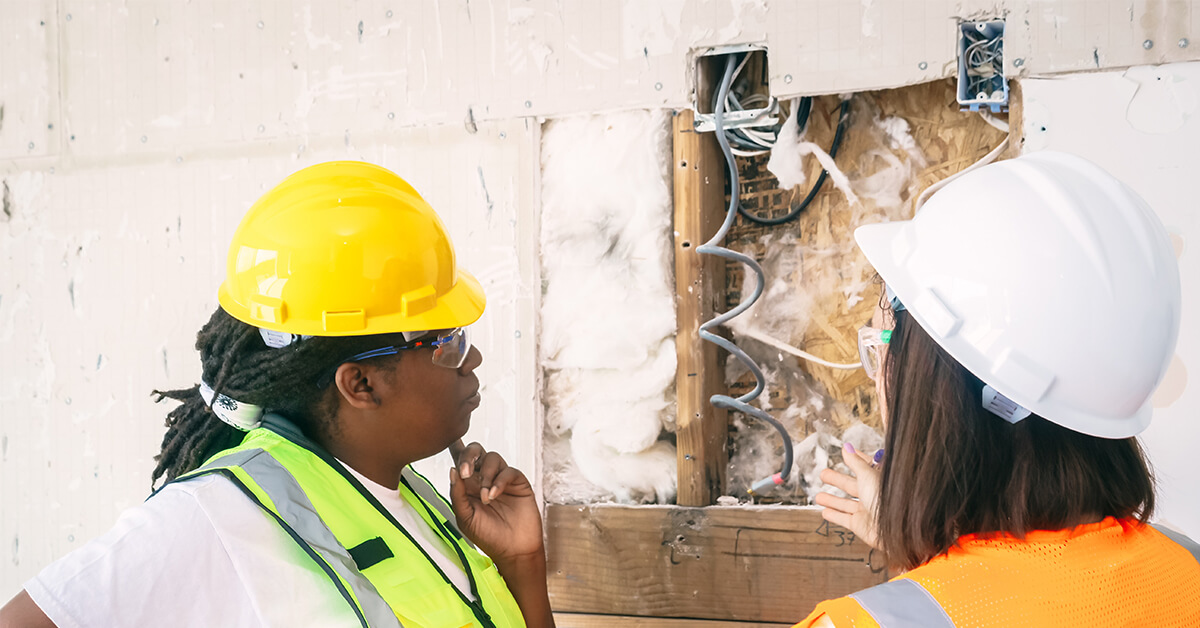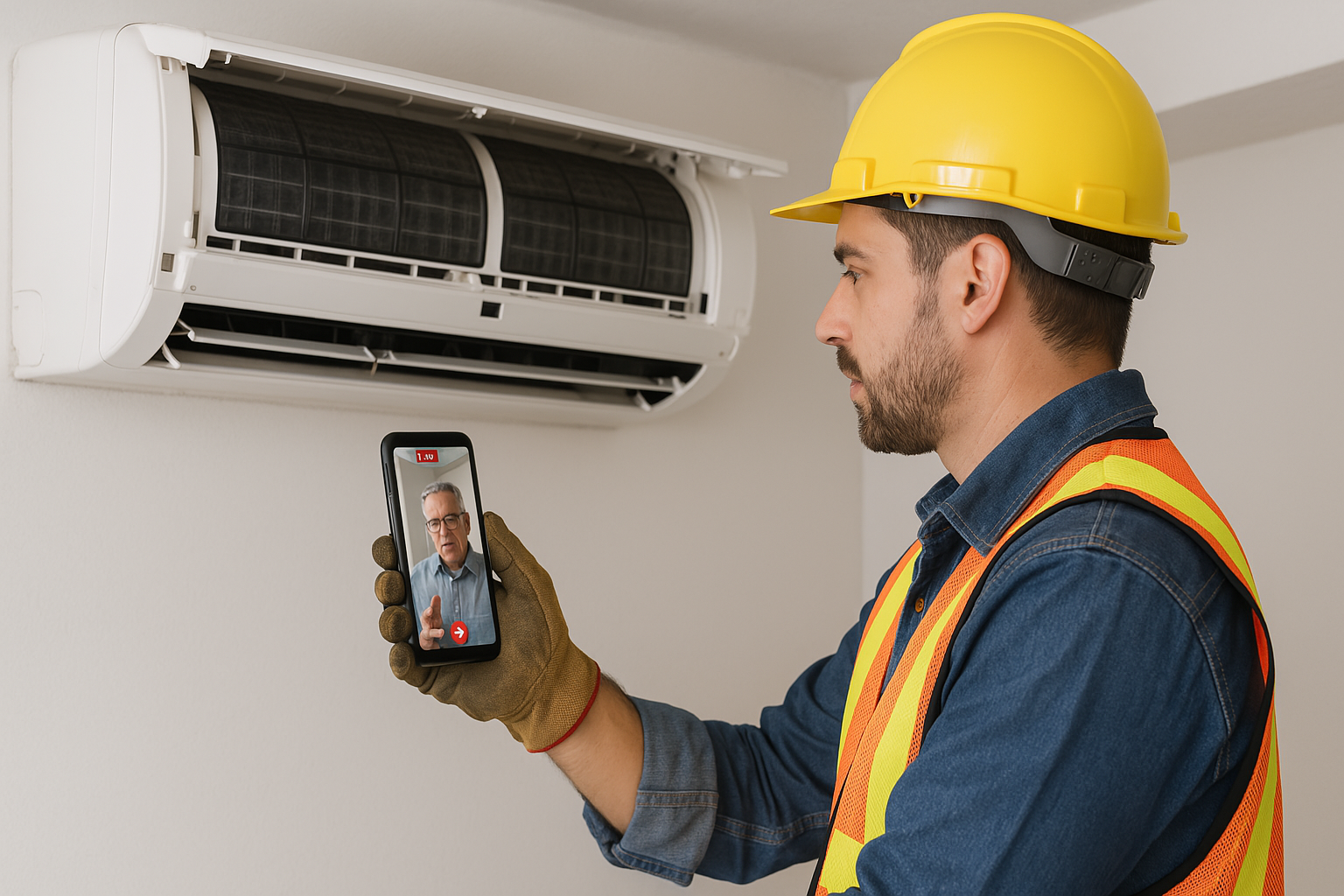How Video Tech Can Help Inspectors and Auditors Meet Their ESG Targets
Environmental, social, and governance (ESG) concerns are a top priority for business leaders as global economies race to meet the Paris Agreement’s climate goals. But companies often ignore one major contributor to their carbon emissions: business travel.
Traditional companies often send inspectors and auditors to multiple sites per day. That’s a problem for workers that value sustainability and for those whose companies have laid out new environmental impact targets.
In this article, we’ll look at why inspectors and auditors need to understand the climate impact of their site visits and explain how remote video inspections can help you reduce your carbon footprint.
Environmentally Conscious Inspectors Must Consider the Climate Impact of Local Travel
Think about how often you travel between sites. For many inspectors and auditors, travel can make up as much as 50 percent of their duties. If your mode of transportation uses fossil fuels, your vehicle emits large amounts of greenhouse gases into the atmosphere. At scale, travel-related emissions can prevent you or your company from meeting its ESG targets – specifically the environmental component.
If you or your company plans to address its ESG concerns, reducing your travel-related emissions should be a top priority.
Sustainable business travel isn’t a new consideration for many companies. In fact, it’s on the radar for nearly half of U.S. businesses, according to the Global Business Travel Association. However, only 25 percent have made sustainable business travel a primary goal.
We have a shrinking window to reach net zero emissions by 2050. In order to meet their ESG targets, all businesses must track and reduce emissions across their entire value chain – including travel-related emissions.
The Carbon Cost of Traditional Inspections
If your inspection or auditing job requires regular site visits, your vehicle produces a significant amount of CO2 emissions. But how much are you contributing to climate change?
In the U.S., transportation is the largest contributor to greenhouse gas emissions, representing 29 percent of the nation’s emissions in 2019. Your vehicle adds to that number each time you travel to conduct field inspections and audits.
Do you drive between sites? According to the EPA, your car emits 4.6 metric tons of CO2 per year, assuming you travel just over 31 miles per day. With multiple site visits – as many as five per day for property inspectors – your annual CO2 emissions are likely greater.
If you inspect or audit offshore or subsea facilities, you probably use multiple modes of transportation to reach your inspection site, which you’ll need to factor in when considering your travel’s climate impact.
When traveling to offshore facilities, inspectors, auditors, and other crew members typically use helicopters. However, helicopters burn much more fuel than cars – around 88 gallons per hour, compared to about 1.4 gallons for an average car driving at 35 miles per hour.
Although site visits are central to traditional inspections and audits, shrinking your carbon footprint will require creative ways to reduce the need for in-person visits.
Limit Travel with Video Inspections and Audits to Meet Your ESG Targets
If you’re thinking of ways to slash your travel-related emissions, consider using video technology to conduct your inspections and audits remotely.
With remote video inspections, you can use your mobile device to video call someone that already works on site. You can identify objects of interest on your display, allowing for an entirely remote inspection. If you need assistance, your supervisor can join the call for a second set of eyes.
Because you’re spending less time on the road or in the air, you’ll be able to conduct your inspections and audits more efficiently. That’s good news for you and your company.
Remote inspection and auditing technology can help you take a clear step toward meeting your environmental impact goals. Without the need to travel, you can reduce your carbon footprint, setting you on the path to more sustainable business travel practices.
Shrink Your Carbon Footprint with Blitzz
If you want to address the environmental aspect of your ESG concerns, remote video technology can help you meet your ESG targets. Remote inspections and audits mean less business travel, which shrinks your CO2 emissions.
With Blitzz, you can harness the full power of remote video tech. Blitzz offers industry-specific video tools to help you conduct efficient remote inspections and audits and meet your company’s climate goals.
Blitzz provides a metrics dashboard to show how each remote inspection and audit reduces your carbon footprint. With this information, your teams will feel motivated to reach your sustainability targets – and your example could motivate other companies to do the same.
Interested? Try a Blitzz demo today to see how video inspections can work for you.




